Where waves once moved, now lie fields, forests, and towns — a geometry of straight lines and quiet order drawn across what was once open water.
The land feels different from the rest of the country. It is wide and level, shaped by intention rather than accident. The horizon stretches unbroken in every direction, and the air seems to move more freely here. The clouds, always part of the Dutch landscape, appear larger than anywhere else, their reflections rippling in the canals that divide the fields.
Nothing in Flevoland is old, yet everything feels measured. It is a place where time itself seems to have started again.
The land beneath the water
For centuries, this part of the Zuiderzee was sea. Ships crossed it on their way to Amsterdam; storms swallowed villages that had once stood along its edges. In the early twentieth century, the Dutch decided to reclaim it — to close off the sea and create new ground. The Afsluitdijk dam sealed the water, and over decades the land slowly appeared, drained by pumps and reshaped by hand.
Flevoland became the largest artificial island in the world. Towns like Lelystad and Almere were built from nothing, each one planned with symmetry and space. From the air, the region looks like a pattern: canals, fields, and roads forming an almost musical order.
On the ground, that order feels calm rather than rigid. Wind turbines turn slowly above the flat land, and long lines of poplar trees mark the edges of fields. Every detail seems designed to fit into the rhythm of the place.
Water, wind, and light
The Dutch relationship with water has always been one of dialogue rather than opposition. Here, that conversation continues quietly. Every ditch, canal, and sluice gate has its purpose. Even the smallest stream seems to carry intention.
Light plays a central role in the landscape. It moves across the fields like a living thing — wide, soft, and restless. On clear days, the sky becomes a mirror for the land; on misty mornings, it dissolves everything into gray. The wind never stops. It bends the grasses, ripples the surface of the canals, and fills the air with movement.
In this landscape, motion and stillness coexist. The fields stand perfectly still, but the air above them never rests.
The rhythm of the roads
Flevoland is best understood by moving through it. The roads and cycle paths stretch straight for kilometers, cutting across fields and canals. Each line of motion offers a different rhythm — the steady hum of tires on asphalt, the rustle of wind in your ears, the constant shift of light on water.
Many cycling holidays in Holland pass through Flevoland, following long paths between towns, lakes, and reserves. The rides are easy, but the experience is more than exercise. The land invites contemplation. The repetition of lines and the absence of obstacles create a sense of calm. You see far, think slowly, and begin to understand the landscape’s subtle language of proportion and distance.
At times, the horizon seems to move with you. The further you ride, the more the world rearranges itself into patterns of color and space — green fields, silver canals, blue sky.
Nature in the new land
Flevoland may be artificial, but it is far from lifeless. The Oostvaardersplassen nature reserve, between Lelystad and Almere, shows how wilderness can return on its own terms. After the polders were drained, this area remained too wet for farming. Over time, it filled with reeds, marshes, and wildlife. Today, herds of deer and wild horses roam there, and thousands of birds migrate across its waters each year.
Walking or cycling along its edge, you feel the balance between design and spontaneity. The land that humans created has allowed nature to invent itself again. The horizon is alive — full of movement, full of sound.
The stillness of the fields contrasts with the constant life within the reserve. It’s a reminder that control and chaos are never fully separate; one gives shape to the other.
The towns of the Polder
The towns of Flevoland are modern but never loud. Lelystad, the province’s capital, is spacious and open, its architecture simple and light. Almere, closer to Amsterdam, feels young but carefully composed — glass, steel, and green spaces blending with water. Even the smaller towns, like Dronten or Zeewolde, seem to follow an unspoken rule of quiet proportion.
Between them lie fields planted with tulips and wheat. In spring, the colors spread across the land in long parallel bands, reflecting in the ditches like a painting in motion. The flowers here bloom where the sea once moved — an inversion of nature itself.
Each town faces a lake or canal, as if still in conversation with the water that shaped it.
Evenings on the plain
As evening falls, the light deepens and the wind softens. The turbines turn slowly against the pale sky, their blades catching the last color of the sun. The canals darken, mirroring the long rows of trees that border them.
You can hear distant sounds carry easily across the open fields — a train passing, a boat engine far away, the quiet rhythm of a cyclist on the road. In this wide, deliberate landscape, even small sounds feel amplified.
When night comes, the horizon glows faintly with the light of towns hidden beyond it. The land rests, but the sky remains alive, filled with stars that seem closer than usual in the clean air.
A landscape of intention
Flevoland’s beauty lies not in what it inherited but in what it made possible. It is a human landscape, shaped by precision and belief, but softened by time and weather. Every field, every canal, every line of trees tells the same story — that balance is not an accident, but a choice.
Here, water and earth no longer oppose each other. They coexist in quiet agreement, each reflecting the other’s presence. The polders are not simply reclaimed land; they are a vision of how patience and design can create something entirely new, and yet feel ancient.
Standing by one of the canals at sunset, watching the reflection of clouds move slowly across the water, you understand what this place represents — not victory over nature, but conversation with it.

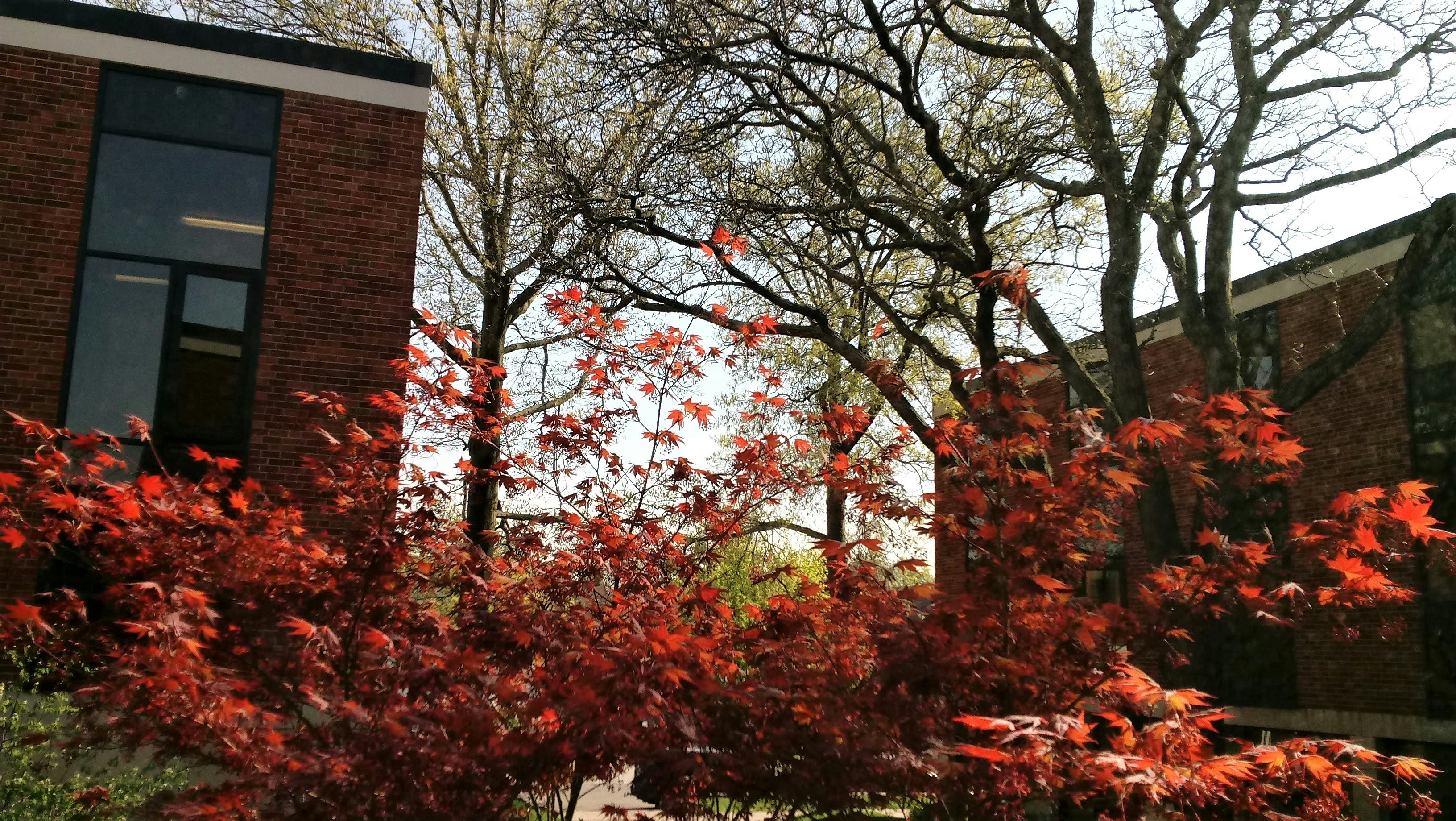

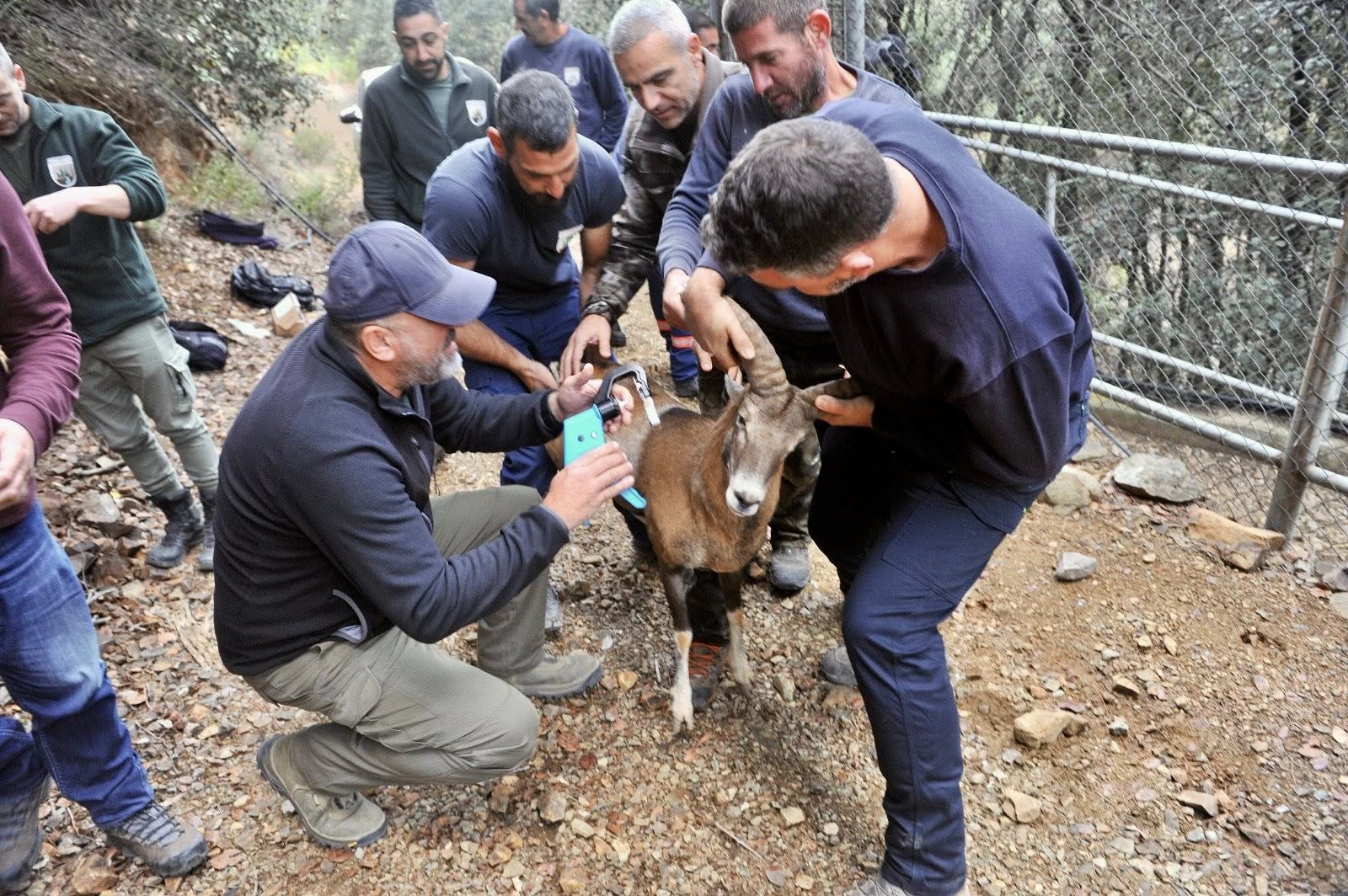
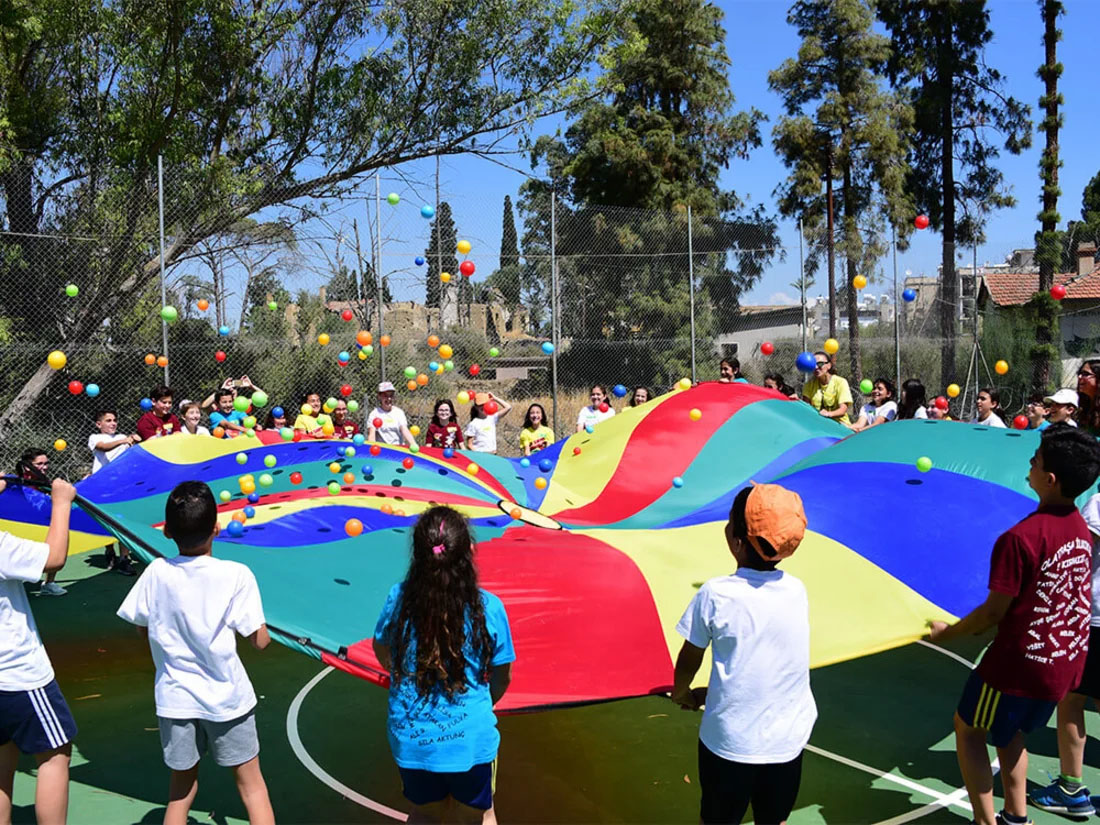
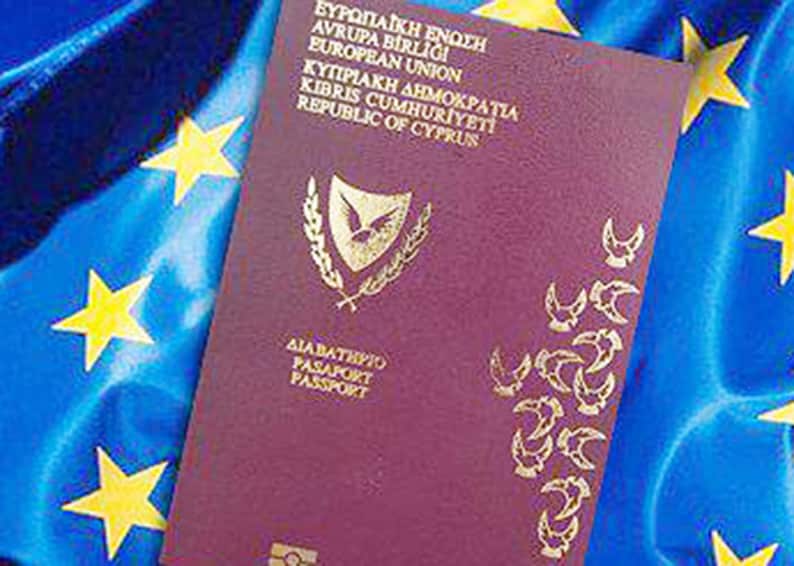
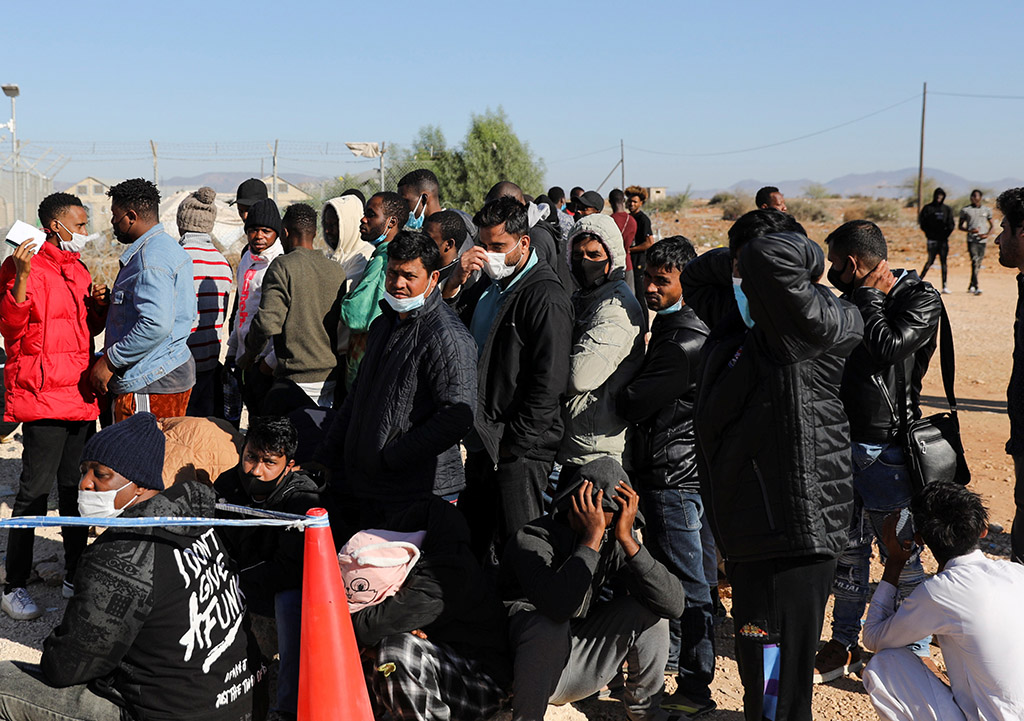
Click here to change your cookie preferences